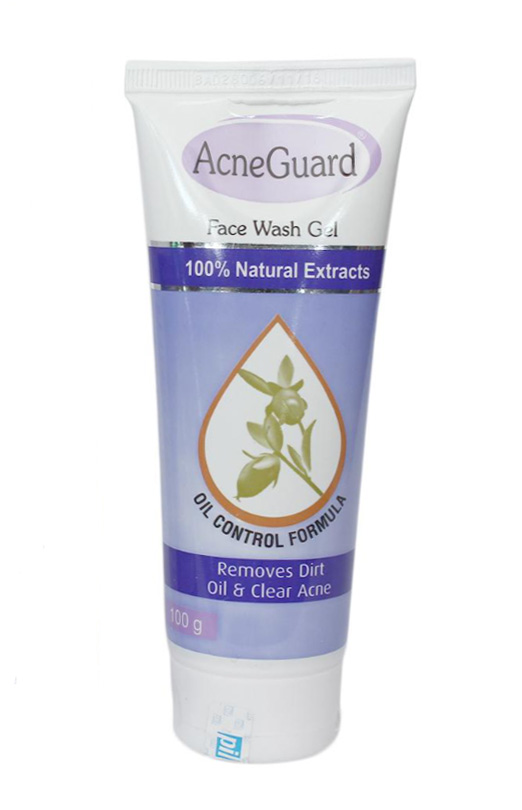D Acne Gel 10Gm
D Acne Gel 10Gm is a topical medication primarily used for the treatment of acne vulgaris (pimples). It’s most commonly found as a combination product, with its effectiveness stemming from its active ingredients.
Product Overview
While some formulations of “D Acne Gel” may contain only Clindamycin, the widely available version in Nepal and India, often referred to as D Acne Plus Gel, typically contains:
₨258.40
Ask about productDescription
D Acne Gel 10Gm is a topical medication primarily used for the treatment of acne vulgaris (pimples). It’s most commonly found as a combination product, with its effectiveness stemming from its active ingredients.
Product Overview
While some formulations of “D Acne Gel” may contain only Clindamycin, the widely available version in Nepal and India, often referred to as D Acne Plus Gel, typically contains:
- Clindamycin (1% w/w): This is a topical antibiotic. It works by inhibiting the growth of acne-causing bacteria, specifically Cutibacterium acnes (formerly Propionibacterium acnes), on the skin. By reducing the bacterial population, it helps to decrease inflammation and infection associated with acne lesions.
- Nicotinamide (Niacinamide / Vitamin B3 – 4% w/w): Nicotinamide is a form of Vitamin B3 that has well-documented anti-inflammatory properties when applied topically. It helps to reduce the redness, swelling, and tenderness of acne lesions. It can also help improve the skin’s barrier function.
- Allantoin (0.5% w/w): Allantoin acts as a skin protectant and conditioning agent. It helps to moisturize the skin, promote healing, and soothe minor skin irritations. It can also contribute to smoothing and softening skin texture.
This combination allows D Acne Gel to tackle acne on multiple fronts: fighting bacteria, reducing inflammation, promoting skin healing, and indirectly helping to manage oil production by reducing bacterial activity. The gel formulation is usually lightweight, non-greasy, and absorbs well, making it suitable for oily and combination skin types.
Usage
Directions for Use:
D Acne Gel is a medication and should be used precisely as advised by your doctor or pharmacist. General application guidelines include:
- Cleanse and Dry: Wash the affected skin area with a mild cleanser and gently pat it dry.
- Apply Thin Layer: Apply a thin layer of the gel only to the acne-affected areas of your skin. A small amount is usually sufficient.
- Gentle Rubbing: Gently rub the gel into the skin until it is absorbed.
- Wash Hands: Always wash your hands thoroughly before and after applying the gel (unless your hands are the treated area).
- Frequency: It is typically applied once or twice daily, as instructed by your doctor.
- Duration: Consistent use is crucial. You may need to use it for several weeks to months to see significant improvement. Do not stop using it without consulting your doctor, even if your acne seems to be clearing.
Important Considerations:
- External Use Only: This gel is meant for topical application on the skin. Avoid contact with eyes, eyelids, lips, inside the nose, or other mucous membranes. If accidental contact occurs, rinse immediately and thoroughly with water.
- Avoid Irritated Skin: Do not apply the gel on broken, cut, scraped, sunburnt, or severely irritated skin.
- Sun Protection: While the ingredients themselves don’t typically cause severe photosensitivity, it’s generally good practice to use a broad-spectrum sunscreen during the day when using active acne treatments.
- Interactions: Inform your doctor about all other topical or oral medications you are currently using to avoid potential interactions. Avoid using other harsh or drying acne products unless specifically recommended by your doctor, as this can increase irritation.
Side Effects
D Acne Gel is generally considered safe for topical use, but like all medications, it can cause side effects. Most side effects are mild, temporary, and localized to the application site.
Common Side Effects (may include):
- Dryness, peeling, or flaking of the skin: This is a common initial side effect as the skin adjusts.
- Redness (erythema): The treated area might appear red.
- Burning, stinging, or itching sensation: This can occur, especially upon initial application, but usually subsides with continued use.
- Skin irritation: General discomfort at the application site.
Less Common / Rare Side Effects:
- Diarrhea or severe abdominal pain: Although rare with topical application due to minimal systemic absorption, clindamycin can cause antibiotic-associated colitis in very rare cases. If you experience severe or persistent diarrhea (especially if bloody), stop using the gel and contact your doctor immediately.
- Allergic reactions: Signs include hives, rash, severe itching, swelling of the face/eyes/lips/tongue, or difficulty breathing. Seek immediate medical attention if these occur.
- Worsening of acne: Sometimes acne may appear to worsen initially before improving, which is a normal part of the skin’s adjustment to the medication.
Managing Side Effects:
- If dryness or irritation becomes severe or persistent, consult your doctor. They might suggest reducing the frequency of application or using a gentle, non-comedogenic moisturizer.
- Avoid picking or squeezing pimples, as this can worsen irritation and lead to scarring.
- Always perform a patch test on a small area of skin if you have very sensitive skin or a history of allergies.
Prescription
D Acne Gel 10Gm is generally a prescription-only medication (Rx) in Nepal.
- You typically need a valid prescription from a licensed doctor or dermatologist to purchase it.
- A healthcare professional will assess your acne condition and determine if this specific combination gel is appropriate for your treatment. They will also provide precise instructions on its usage, frequency, and duration.
Additional information
| form | Gel |
|---|






Reviews
There are no reviews yet.